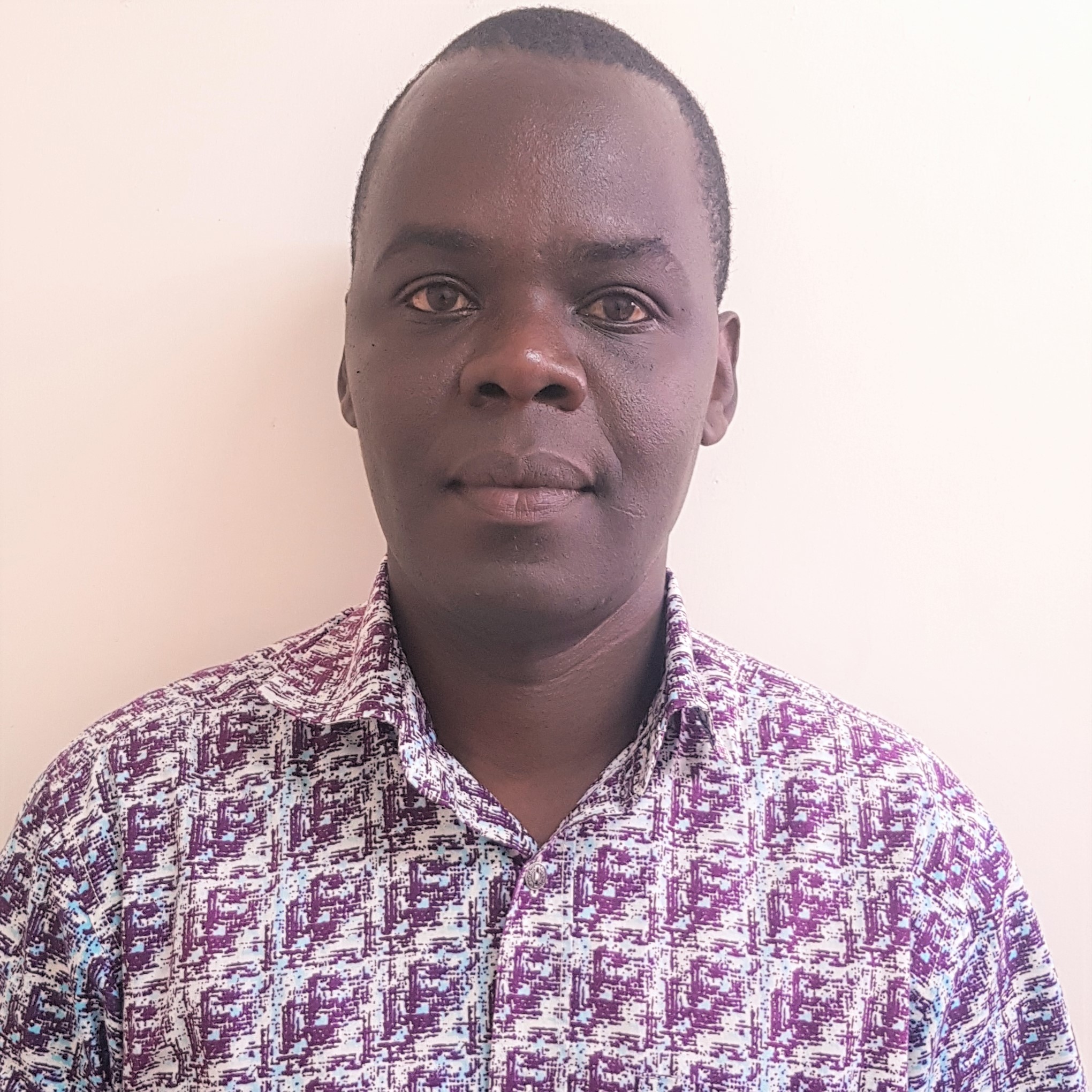Study Design
Study population
The study will utilize HIV-1 infected patients attending HIV care and treatment facilities in Maua Methodist Hospital and Meru Level five Hospital, Meru County, Kenya. Using single population proportion formula through EPI INFO Stat Calc program with the assumption of 95 % level of confidence, 5 % of marginal error, and taking prevalence of viral suppression at 89 % [14], 381 HIV-1 infected patients will be enrolled for the purpose of this study. An analysis of medical records to document ART cocktail will be performed. Latent HIV will be determined in patients with viral suppression and followed for 24 months to monitor incidences of viral rebound.
Data collection and laboratory methods
Participant sociodemographic data, ART regimen, CD4+ cell count, opportunistic infections, World Health Organization (WHO) staging, and physician-reported adherence will be retrospectively collected from patient folders. All participants will undergo plasma HIV-1 RNA and CD4 quantification at enrollment and after every 6 months during follow up. Baseline viral load and CD4+ cell counts will be closest to ART regimen start. All HIV-1 RNA levels obtained as part of the study, will be made immediately available to the respective physician. We will evaluate every paired HIV-1 viral load (VL) and CD4 count performed to analyze the durability of viral suppression and the risk of rebound among patients with virologic suppression. Time to rebound will be computed using consecutive sequences of observations for subjects whose initial two viral loads will be below the lower limit of quantification and had a vir
Project Summary
In this study, we propose a longitudinal, descriptive study to document antiviral cocktail in aviremic HIV-1 patients, viral suppression and incidences of rebound, measure the size of the latent HIV reservoir in virally suppressed HIV-infected individuals and examine the immunological correlates of the latent reservoir. Data generated through this study will provide a clear framework for high-burden countries to reduce gaps at each stage of the HIV continuum of care, maximize linkage, retention and health outcomes. It will also enable identification of patients who will be eligible candidates for latency reactivation treatment when one becomes available, with a noble approach to link these patients to latency reactivation regimen care. Ultimately these data may inform strategies aimed at reducing HIV-1 reservoirs, inflammation and activation that persist despite ART. Two hundred and eight (208) subjects who met the eligibility criteria as per Annex 1 have been followed for two years. All subjects were consented before participating in the study. Of the 222 subjects, 10 (6%) have been lost to follow up and 4 (2%) transferred over to other health care facilities. We were unable to retain the lost to follow up and transfer over patients in this study due to difficult in reaching them out or the distance in health facilities that they got transferred into. We offered alternative arrangements to have participants attend appointments at study sites, making appointments at an alternative site that was easier for the participant to reach with no success. Consequently, of the 222 participant who were recruited 208 (94%) have attended their two year follow up appointment. We have conducted at least two viral load testing from the subjects during the follow up period, an important parameter in determining viral suppression or rebound in virally suppressed HIV patients. Suppression of the human immunodeficiency virus (HIV) among people living with HIV is associated with immune reconstruction and a decreased risk of AIDS and death. Additionally, viral suppression prevents the transmission of HIV to others. Our two year viral load monitoring data shows that our study cohort fall short of the WHO target of 90% of viral suppression despite the benefits associated with viral suppression in people living with HIV. For instance, we reported viral suppression rates of 82%, 81% and 12% in Meru, Malindi and Nakuru respectively (Maina E. K et al., 2020). However, as shown in this cohort, there is evidence of undetectable viral load levels for more than 2 years, a sign that the United Nation’s 2030 objective of controlling the risk of HIV transmission could be achieved. A significant limitation of previous research on viral suppression has been the use of a single viral load test, typically the last of a given year, to determine an individual’s suppression status. We have been following this cohort of virally suppressed individual for two years and have recorded at least for viral load measurements. Such data will address previous limitations and provide a true picture of viral suppression rate in patients on ART. Preliminary results are published in open access peer reviewed journal (Maina EK, Mureithi H, Adan AA, Muriuki J, Lwembe RM, Bukusi EA. Incidences and factors associated with viral suppression or rebound among HIV patients on combination antiretroviral therapy from three counties in Kenya. Int J Infect Dis. 2020 Aug; 97:151-158. doi: 10.1016/j.ijid.2020.05.097. Epub 2020 Jun 2. PMID: 32497804). Additionally, results were also presented during the 11th KASH conference June 8 - 10, 2021, Nairobi, Kenya; Durability of Viral Suppression in HIV-1 patients on Combined Antiretroviral Therapy, Edward Maina

